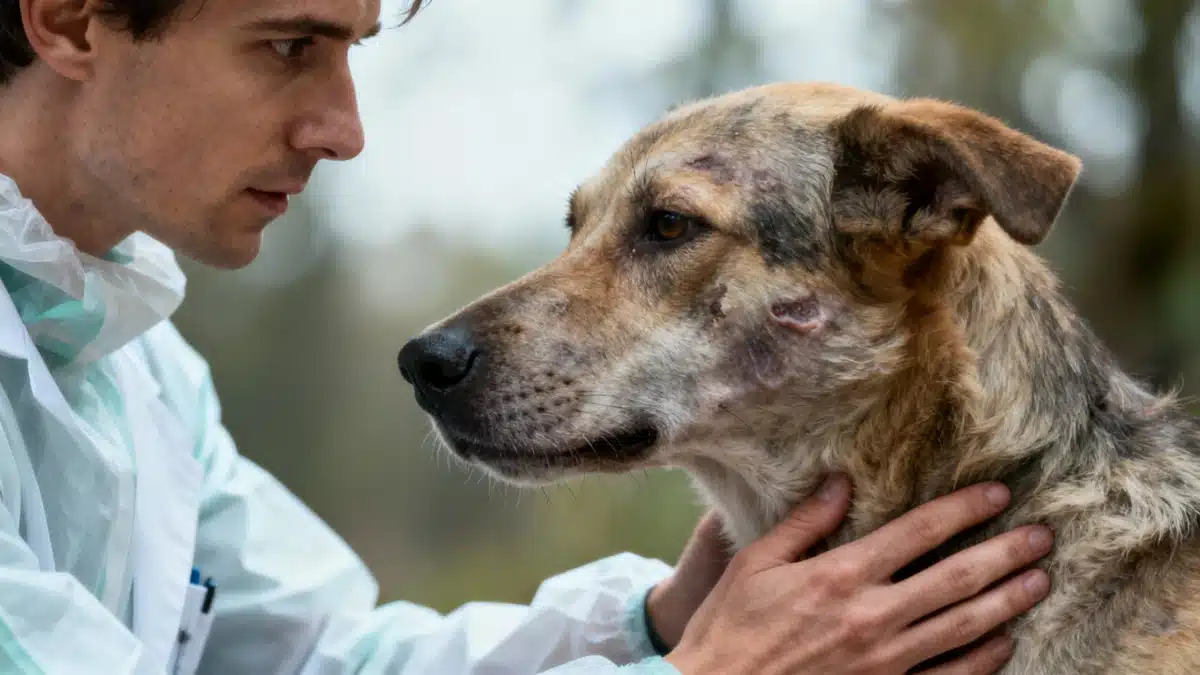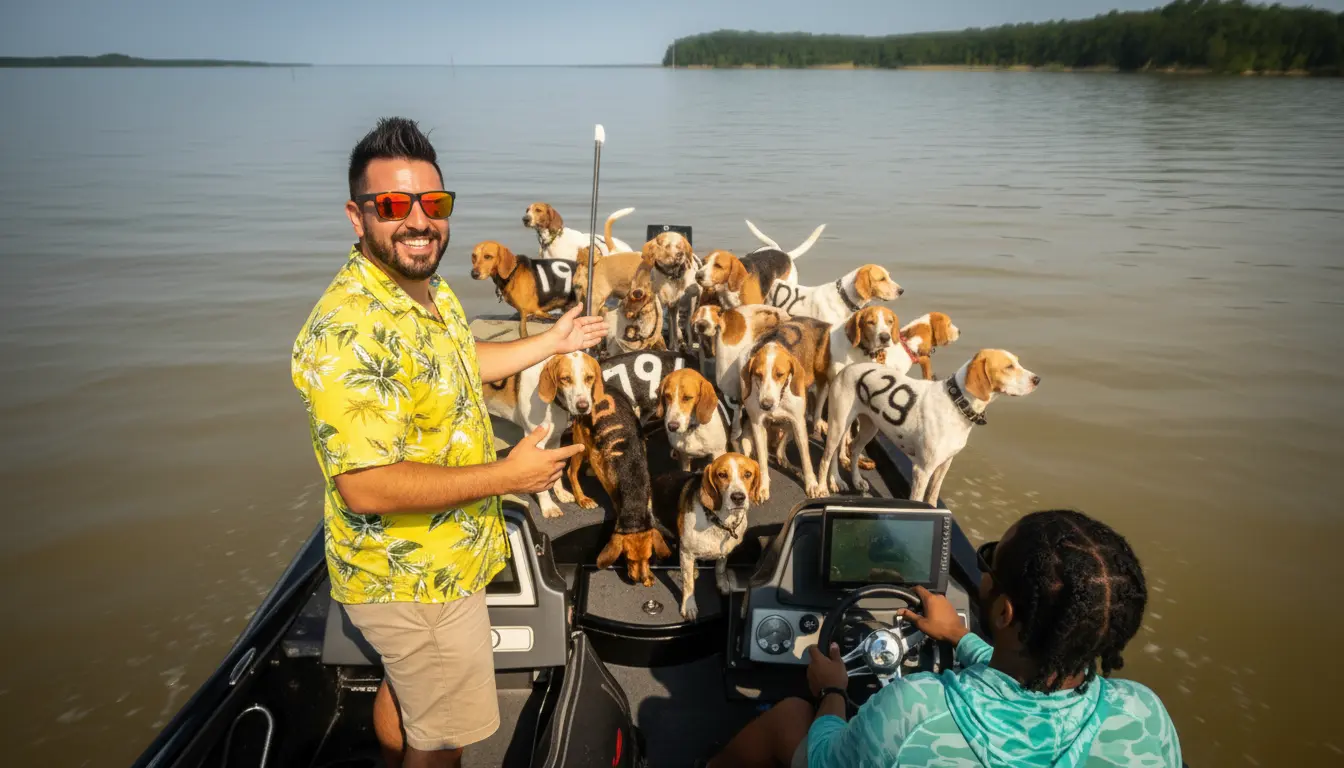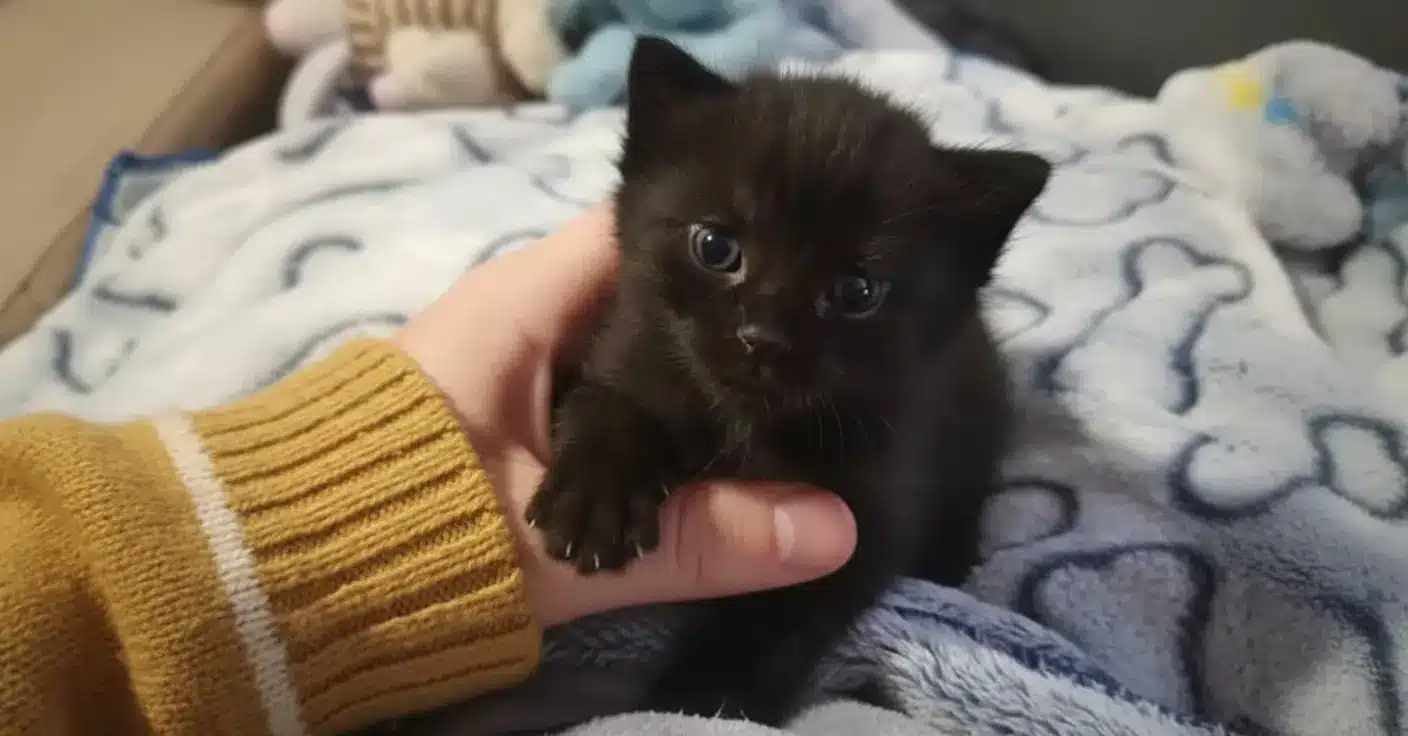Picture this: a radioactive wasteland, a ghost town abandoned by humans, and… packs of stray dogs not just surviving, but thriving. Welcome to Chernobyl, where science fiction meets scientific reality, and where a group of canines defies the odds—and possibly the laws of genetics—right in the heart of one of history’s greatest nuclear disasters.
The Fallout: From Disaster to Wild Refuge
Back in April 1986, catastrophe struck as reactors 4 and 5 of Ukraine’s Chernobyl nuclear power plant exploded. Ten days after the disaster, the skies over Europe and even the United States were still thick with cesium-137, iodine-131, and other radioactive nasties spewed from the gaping maw of the exposed reactor core. Unsurprisingly, Chernobyl’s region underwent a massive ecological transformation, resulting in the infamous 2,600 km² exclusion zone—now officially a no-man’s-land for humans, but teeming with wildlife.
But what about the non-humans? For decades, this highly radioactive zone has hosted a bustling (and rather furry) population of animals. Yet, how have these creatures—specifically, the dogs—managed to stick around, generation after generation? And what does all this radiation mean for their bodies in the long run?
Chernobyl’s Mutant Stray Dogs: Science Steps In
Until recently, research into radiation’s effects in Chernobyl had focused on local mice. Heavier mammals, like dogs, were left out of the scientific spotlight—until Timothy Mousseau (University of South Carolina, Columbia, USA), Elaine Ostrander (NIH, Bethesda, USA), and their team rolled up their sleeves. Their long-term work on the genetics and distribution of stray dogs in and around Chernobyl has finally yielded its first results, published in Science Advances.
Their research journey began in 2017 with the humble collection of blood samples from local stray dogs. Over two years, three clinics located at strategic distances within the region collected a total of 301 samples:
- One clinic, almost at ground zero, near the plant itself—a zone now frequented only by cleanup workers.
- Another in the mostly abandoned city of Chernobyl, 15 kilometers away.
- The third in Slavutych, 45 kilometers away, purpose-built after the accident to house displaced populations.
Despite authorities issuing orders right after the disaster to cull all stray or abandoned animals to prevent radioactive contamination, enough managed to dodge the bullets and rebuild ever-thriving packs in and around Chernobyl. Talk about dogged determination!
What the Scientists Found: Genetics, Radiation, and Survival
DNA analyses were carried out on the blood samples from these three canine populations: those close to the epicenter, those 15 km away, and the outliers 45 km from the core. Two striking findings emerged:
- The closer the dogs lived to the power plant, the more radioactive residue—especially cesium-137—turned up in their bodies. For dogs roaming near the old plant, cesium-137 levels were over 200 times higher than for those living just a few kilometers farther away in the city of Chernobyl.
- Genetic differences aren’t just present between stray dogs and their city cousins; they’re also found among the dog groups themselves. Despite this, DNA analyses show intermingling: the genealogical equivalent of neighborhood block parties happened, and genes have circulated between all three populations.
For Christophe Hitte of the Canine Genetics team (IGDR, Rennes), the American team’s study is just the opening salvo. With detailed maps of where the dogs live and their genetic structures, the scientific world now has the perfect toolkit to go deeper: to study how, over thirty years, these dogs have resisted and adapted to radioactive fallout. Hitte speculates that the genes responsible for DNA repair must be more effective in these tough, radioactive conditions than in your average, garden-variety pooch who probably wouldn’t make the cut.
Onward: Chernobyl’s Dogs and Genetic Goldmines
This is only the beginning. The researchers face a mammoth genetic project, but an exciting one—after all, as Hitte points out, having a relatively isolated colony of dogs breeding for thirty years in such a strongly mutagenic environment is basically a geneticist’s dream come true. They’re going to keep digging, sequencing, and analyzing to unlock the secrets that kept these canines—not mutants, but something uniquely adapted—alive where few would expect life to persist.
So, next time you think of Chernobyl, don’t just picture radioactive ruins—think of generations of stray dogs running wild, nuked but not down-and-out, and a team of scientists unraveling the mysteries of survival, paw by paw. Who knows, your dog’s next trip to the park doesn’t seem quite so daring anymore, does it?

John is a curious mind who loves to write about diverse topics. Passionate about sharing his thoughts and perspectives, he enjoys sparking conversations and encouraging discovery. For him, every subject is an invitation to discuss and learn.




